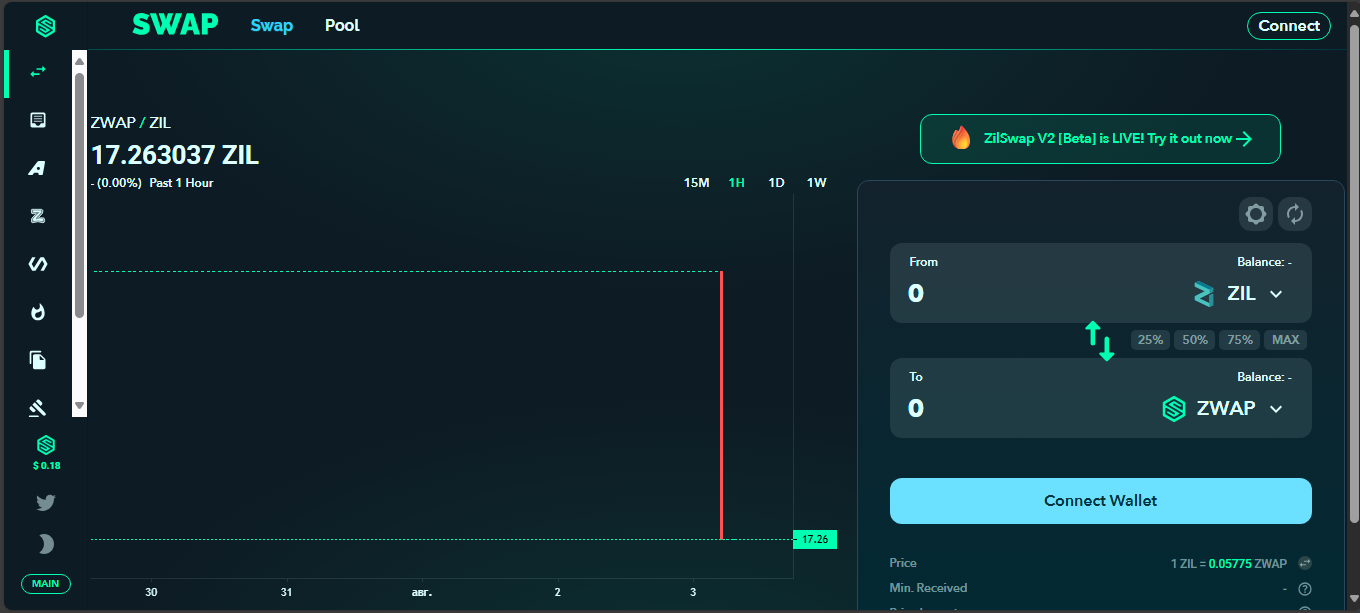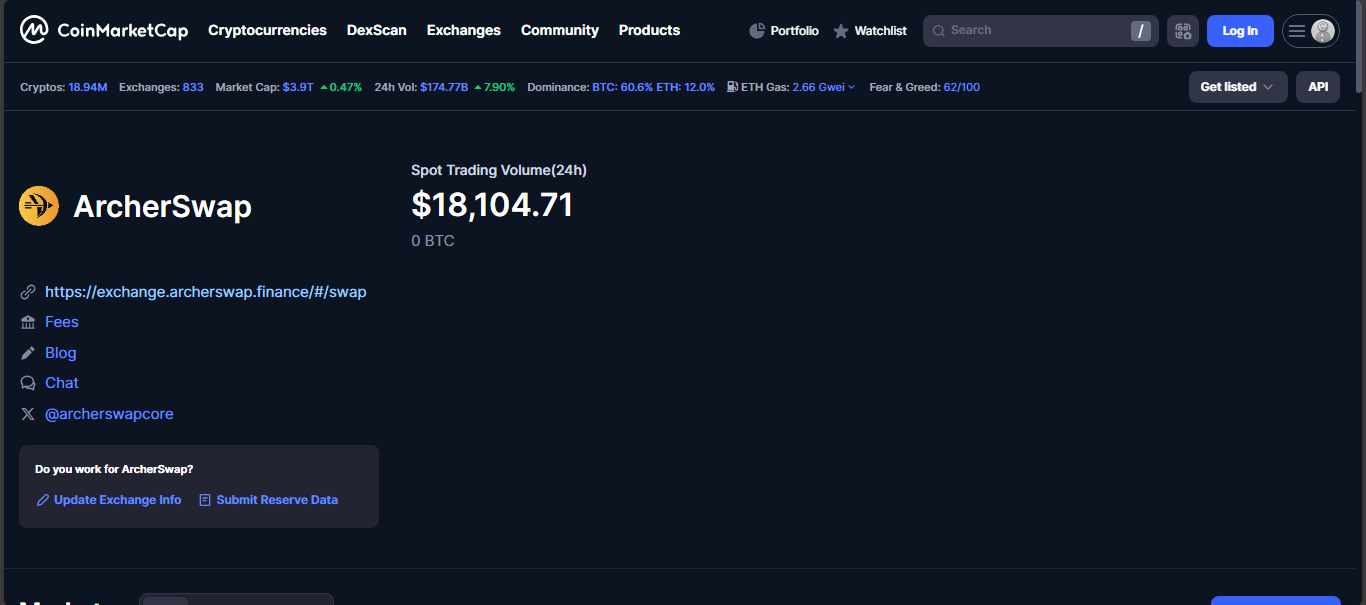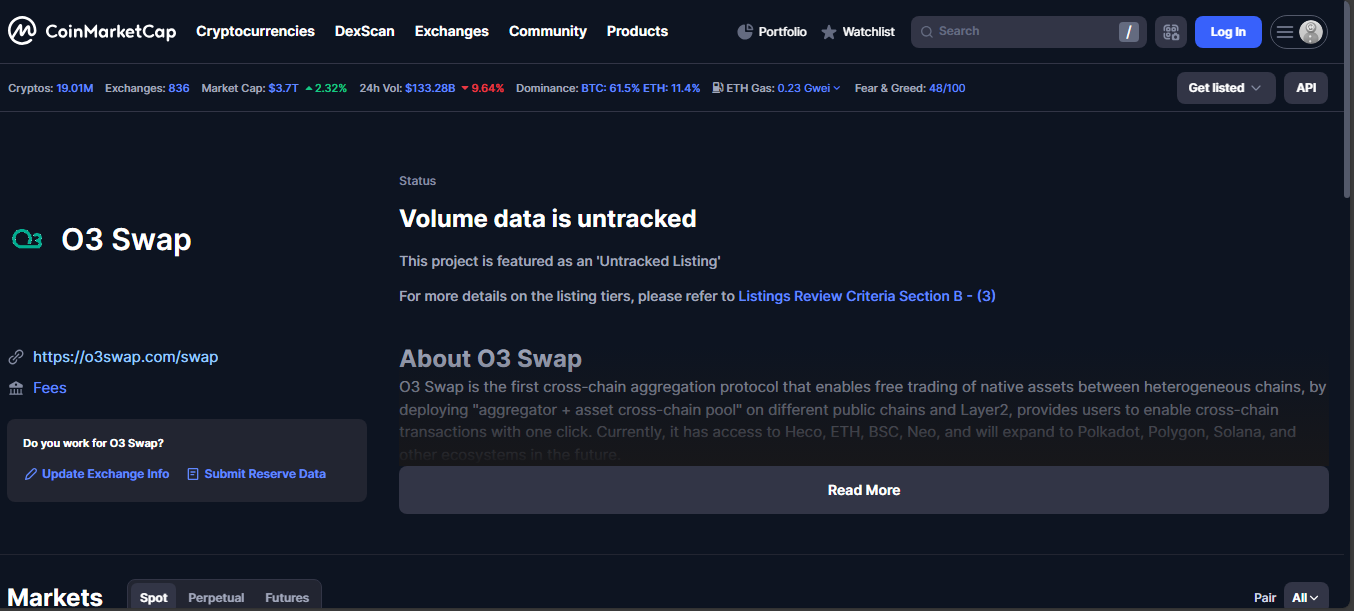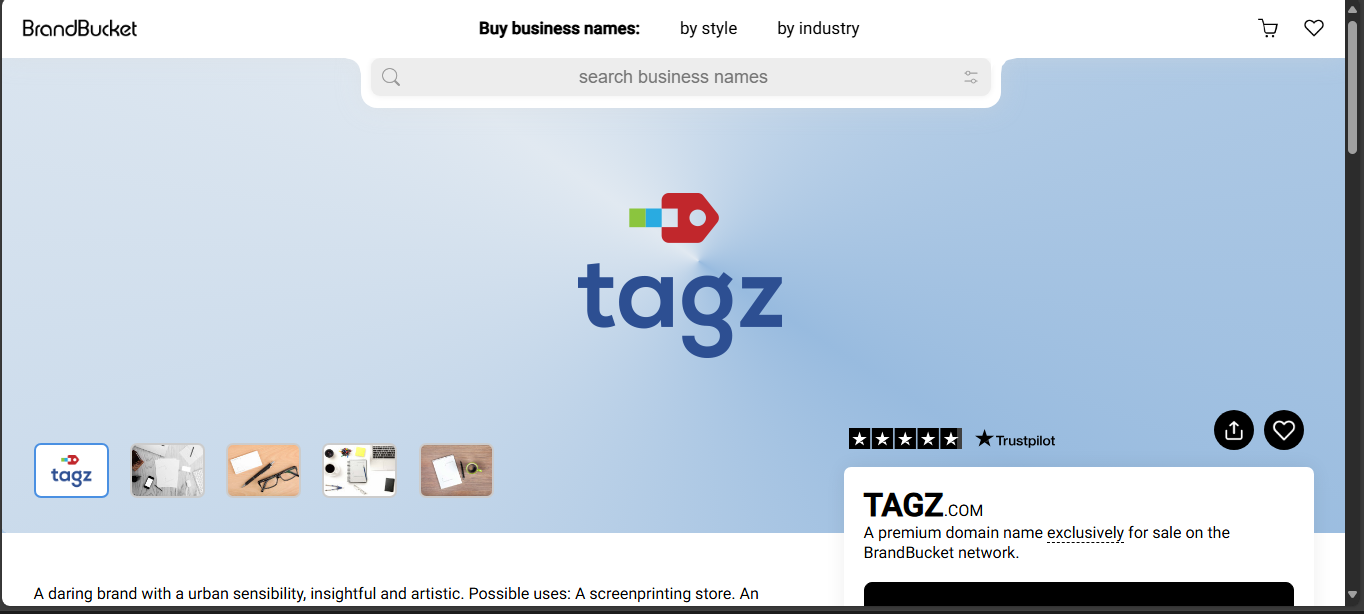ICO Rankings Blog
Discover a wealth of knowledge and stay up-to-date with the latest trends, news, and insights in the cryptocurrency and blockchain space through our blog.
Discover a wealth of knowledge and stay up-to-date with the latest trends, news, and insights in the cryptocurrency and blockchain space through our blog.
Walkex surfaces in directories as a registered exchange, yet provides zero verifiable metrics. There is no reported trading volume, no active markets, and no visible user base. In essence, it is an exchange only in name.
Reportedly, Walkex offers standard spot trading services with an emphasis on simplicity. It lists itself alongside other exchanges, but details about supported coins, fees, or fiat support are entirely missing.
Every data aggregator marks Walkex as inactive or untracked. Volume fields register as zero. Market listings, liquidity reports, fee schedules - nothing is visible. Web traffic is close to zero, and the trust score is non-existent.
If looking for something positive: Walkex may still have some infrastructure or team behind it. It could be in early development or undergoing rebranding.
Walkex might exist behind the scenes, but as far as an active exchange goes - it is not. Without trading data, user reports, or network signals, it fails to meet basic criteria of functionality. As of now, it reads more like a dormant listing than anything remotely usable. Until concrete activity appears, it is wise to consider it either defunct or speculative at best.

ZilSwap came out, it looked like a big step for Zilliqa. Finally, there was a native DEX where you could trade ZRC-2 tokens without a middleman. People were excited. It also added farming, token launches, even some NFT stuff later on. At that time, it felt like the ecosystem was moving.
The exchange runs on an automated market maker model. You provide liquidity, earn fees, maybe stake and get rewards. They launched their governance token, ZWAP, so the community could have a say. On paper, everything looked right. Swaps, farming, a bridge, even support for NFTs.
But in reality, the user base stayed small. Trading pairs? Only a couple. Most activity goes through one pair, and that’s it.
The numbers are depressing. Liquidity pools hold less than a million dollars, and daily trades are in the low thousands. The site still works, but the market feels empty. Order books don’t exist here – it’s AMM – yet even swaps slip because of low liquidity. There’s not much buzz online, no hype, no active community.
To be fair, there are things worth noting.
And here’s why it struggles:
ZilSwap had a good idea behind it. It gave Zilliqa users a real DEX, with farming, swaps, governance. But it stopped there. Without people using it, even the best code doesn’t matter.
If you’re deep into Zilliqa, you might still use it for swaps. For everyone else, it feels empty, like a platform waiting for better days. Right now, it’s more of a leftover from an earlier DeFi wave than an active marketplace.

ArcherSwap came out and immediately caught attention. People rushed in, farming and chasing high APYs. The interface was simple but worked without issues, pools were filled, and activity was high. They added NFTs to make it more engaging, and for a while, the project was on everyone’s radar.
You could swap tokens on Core DAO, add liquidity, stake BOW. The rewards were high at launch, and that pulled in users. They also had some NFT drops and a few campaigns that tried to build a community. For a short time, it felt alive.
Over time, things slowed down. The volume dropped. Liquidity pools emptied. Most pairs barely move now. The BOW token lost almost all its value. Farming rewards? Not worth it anymore. The site still works, but there’s not much going on.
ArcherSwap started strong. It had farming, NFTs, a token - all the pieces were there. But without growth and without users, it just slowed down to almost nothing.
You can still use it to swap on Core DAO if you want, but don’t expect much action. Right now, ArcherSwap feels like one of those DeFi projects that burned bright at first and then faded into the background.

MCDEX was once mentioned alongside GMX, dYdX, and other big names. It’s still around, but it feels more like a shadow now. I remember checking it when on-chain perpetual contracts were just starting to trend. No KYC, leverage up to 10x, everything handled by smart contracts. Back then, it looked fresh, and traders were genuinely curious..
The idea wasn’t bad at all. They mixed an AMM with an order book, which is rare. You could put in limit orders or just trade instantly while still holding your own funds. The governance token, MCB, was supposed to give users power – fees, parameters, all that DAO stuff. At launch, there was some energy around it.
Markets were small, but they worked. ETH perps, a few wrapped assets, some odd experiments. Fees were low to lure liquidity. Slippage was supposed to be minimal thanks to the hybrid system. On paper, everything sounded right.
Fast forward and the vibe is different. The protocol is alive technically, but almost nobody trades there. Liquidity is thin, order books are nearly empty. You open the app, try to place a decent trade, and the spread just eats you. Volume is close to zero.
TVL? A few million, nothing more. Governance? Barely breathing. Votes don’t happen. The token lost value, interest died down, and the community that was there in the early days vanished.
While MCDEX was quiet, other platforms pushed forward. GMX grew like crazy, dYdX became a monster, Perpetual Protocol kept evolving. MCDEX stood still. No hype, no updates that matter, no reason for traders to stay. Even good tech doesn’t save a project when the crowd leaves.
Security is solid – audits, bug bounties, stable contracts. But security doesn’t trade for you. Without activity, it’s just code sitting on-chain.
I’ll give it this: the hybrid model is still clever. Non-custodial perpetuals are not easy to find. If someone wants to see how such an idea works, MCDEX shows it. The team, back then, was responsive, and they allowed anyone to launch new markets. That openness was rare.
But yeah, the problems overshadow the positives. Almost no liquidity. Only a few pairs. Governance is dead. The token barely moves. No fiat options, no user-friendly additions, no push to attract traders. New users would open it, get confused, and leave.
MCDEX wanted to be the decentralized home for perpetual contracts. It had the tech, the vision, the early interest. But it froze while others moved. Now it’s just sitting there, running, but empty.
For someone curious about DeFi history, it’s worth a look. For active traders? Not really. The markets are too thin, the excitement is gone. Maybe one day the team revives it, but right now, MCDEX is just another project that had its moment and then slowly faded away.

O3 Swap is a decentralized cross-chain aggregation protocol launched by O3 Labs in 2017. It integrates liquidity from multiple networks including Ethereum, BSC, Arbitrum, Polygon and others. Features include swap routing, cross-chain pools, staking via the O3 token, and gas optimization tools.
The system is built around three main components: the Aggregator, which finds the best route, the Pool for cross-chain liquidity, and the Dashboard for asset management. O3 Swap also offers a gas station tool and wallet integration designed to simplify cross-chain operations. Access does not require KYC.
Current statistics are underwhelming. Reported 24-hour trading volume is close to zero, with smart contracts showing no transactions over recent weeks. Token activity is similarly limited, with negligible liquidity and almost no daily trades.
There is no official regulation or published audit. Contract scans have flagged potential risks, including non-renounced ownership and mint-burn privileges. Community trust remains unverified and the project lacks transparency.
O3 Swap ranks very low among decentralized applications, with minimal web traffic and almost no community activity. Trust ratings are missing, and crypto forums rarely mention the project.
Pros:
Cons:
O3 Swap was created as a next-generation DeFi aggregator with cross-chain routing and staking features. However, its current state shows near-zero activity, no adoption, and no evidence of security audits. The project appears largely dormant. Using it now involves high risk, and any engagement should be approached with extreme caution.

TAGZ Exchange was launched in March 2019 and claimed to operate under Australian licenses, offering zero-fee crypto trading and near-instant deposits and withdrawals. It promoted itself as a leader in trading volume despite minimal transparency.
Initially promoted as a top-tier crypto exchange, TAGZ boasted rankings above major platforms like Binance and Kraken. At one point, it reported daily volumes exceeding 3.5 billion USD. Soon after, reports flagged that these figures appeared artificial and unverifiable.
TAGZ is now classified as an untracked exchange. No spot volume, reserve data or active trading pairs are visible. Major industry trackers list it as dead or defunct. The site domain is reportedly for sale, signaling operational shutdown.
User complaints describe blocked withdrawals, locked accounts, and unresponsive support. Some early reviews mentioned fast service, but later posts tell the opposite. Community discussions on forums label TAGZ a scam, citing fake volume and allegations of exit fraud.
TAGZ had promoted features such as:
Pros:
Cons:
TAGZ began with bold claims and aggressive marketing but collapsed amid allegations and loss of trust. It has no visible operations, no user confidence, and no recovery in sight. Anyone coming across TAGZ today should assume it is defunct and avoid any engagement with it.
